SPRINGER BRIEFS IN COMPUTER SCIENCE
Jie�Cao
Quan�Zhang
Weisong�Shi
Edge Computing:
A Primer
1 23
�
SpringerBriefs in Computer Science
Series editors
Stan Zdonik, Brown University, Providence, Rhode Island, USA
Shashi Shekhar, University of Minnesota, Minneapolis, Minnesota, USA
Xindong Wu, University of Vermont, Burlington, Vermont, USA
Lakhmi C. Jain, University of South Australia, Adelaide, South Australia, Australia
David Padua, University of Illinois Urbana-Champaign, Urbana, Illinois, USA
Xuemin Sherman Shen, University of Waterloo, Waterloo, Ontario, Canada
Borko Furht, Florida Atlantic University, Boca Raton, Florida, USA
V. S. Subrahmanian, University of Maryland, College Park, Maryland, USA
Martial Hebert, Carnegie Mellon University, Pittsburgh, Pennsylvania, USA
Katsushi Ikeuchi, University of Tokyo, Tokyo, Japan
Bruno Siciliano, Università di Napoli Federico II, Napoli, Italy
Sushil Jajodia, George Mason University, Fairfax, Virginia, USA
Newton Lee, Institute for Education, Research, and Scholarships in Los Angeles,
California
�
SpringerBriefs present concise summaries of cutting-edge research and practical
applications across a wide spectrum of fields. Featuring compact volumes of 50 to
125 pages, the series covers a range of content from professional to academic.
Typical topics might include:
A timely report of state-of-the art analytical techniques
A bridge between new research results, as published in journal articles, and a
contextual literature review
A snapshot of a hot or emerging topic
An in-depth case study or clinical example
A presentation of core concepts that students must understand in order to make
independent contributions
Briefs allow authors to present their ideas and readers to absorb them with
minimal time investment. Briefs will be published as part of Springer’s eBook
collection, with millions of users worldwide. In addition, Briefs will be available for
individual print and electronic purchase. Briefs are characterized by fast, global
electronic dissemination, standard publishing contracts, easy-to-use manuscript
preparation and formatting guidelines, and expedited production schedules. We aim
for publication 8–12 weeks after acceptance. Both solicited and unsolicited
manuscripts are considered for publication in this series.
More information about this series at http://www.springer.com/series/10028
�
Jie Cao Quan Zhang Weisong Shi
Edge Computing: A Primer
123
�
Jie Cao
Wayne State University
Detroit, MI, USA
Weisong Shi
Wayne State University
Detroit, MI, USA
Quan Zhang
Wayne State University
Detroit, MI, USA
ISSN 2191-5768
SpringerBriefs in Computer Science
ISBN 978-3-030-02082-8
https://doi.org/10.1007/978-3-030-02083-5
ISSN 2191-5776 (electronic)
ISBN 978-3-030-02083-5 (eBook)
Library of Congress Control Number: 2018958959
© The Author(s), under exclusive license to Springer Nature Switzerland AG 2018
This work is subject to copyright. All rights are reserved by the Publisher, whether the whole or part of
the material is concerned, specifically the rights of translation, reprinting, reuse of illustrations, recitation,
broadcasting, reproduction on microfilms or in any other physical way, and transmission or information
storage and retrieval, electronic adaptation, computer software, or by similar or dissimilar methodology
now known or hereafter developed.
The use of general descriptive names, registered names, trademarks, service marks, etc. in this publication
does not imply, even in the absence of a specific statement, that such names are exempt from the relevant
protective laws and regulations and therefore free for general use.
The publisher, the authors, and the editors are safe to assume that the advice and information in this book
are believed to be true and accurate at the date of publication. Neither the publisher nor the authors or
the editors give a warranty, express or implied, with respect to the material contained herein or for any
errors or omissions that may have been made. The publisher remains neutral with regard to jurisdictional
claims in published maps and institutional affiliations.
This Springer imprint is published by the registered company Springer Nature Switzerland AG
The registered company address is: Gewerbestrasse 11, 6330 Cham, Switzerland
�
Contents
1
2.1
2.2
2.3
Introduction ...................................................................
1.1 What Is Edge Computing...............................................
1.1.1 Why Do We Need Edge Computing...........................
1.1.2 Key Techniques that Enable Edge Computing ................
1.1.3 Edge Computing Definition....................................
1.1.4 Edge Computing Benefits ......................................
1.1.5 Edge Computing Systems......................................
1.2
Overview of the Book ..................................................
References ......................................................................
1
2
2
4
5
5
6
7
8
2 EdgeOSH: A Home Operating System for Internet of Everything ...... 11
Introduction ............................................................. 11
Related Work ........................................................... 12
EdgeOSH: Overview and Design ...................................... 13
2.3.1 Overview........................................................ 15
2.3.2 Design........................................................... 16
2.4
Summary ................................................................ 17
References ...................................................................... 18
3.1
3.2
3 Firework: Data Analytics in Hybrid Cloud-Edge Environment ......... 19
Introduction ............................................................. 19
System Design .......................................................... 20
3.2.1 Terminologies .................................................. 21
3.2.2 Architecture..................................................... 22
3.2.3 Programmability................................................ 25
3.2.4 Execution Model Comparison ................................. 30
3.3
Implementation ......................................................... 30
3.4
Discussion............................................................... 32
3.5
Summary ................................................................ 34
References ...................................................................... 34
v
�
vi
Contents
4 Distributed Collaborative Execution on the Edges and Its
4.3
Application on AMBER Alert ............................................... 37
4.1
Introduction ............................................................. 38
4.2 Motivation............................................................... 39
4.2.1 AMBER Alert .................................................. 39
4.2.2 Distributed Collaborative Execution on the Edge............. 42
AMBER Alert Assistant ................................................ 42
4.3.1 Application Scenario ........................................... 42
4.3.2 Application Design ............................................. 43
4.3.3
Implementation Details ........................................ 44
4.3.4 Task Scheduling ................................................ 46
Evaluation ............................................................... 49
4.4.1 Experimental Setup............................................. 49
4.4.2 Collaboration of Local Edge Nodes ........................... 50
4.4.3 Task Scheduling ................................................ 53
4.5
Related Work ........................................................... 54
4.6
Summary ................................................................ 56
References ...................................................................... 56
4.4
5 Challenges and Opportunities in Edge Computing ....................... 59
Programmability ........................................................ 59
5.1
Naming .................................................................. 60
5.2
Data Abstraction ........................................................ 61
5.3
Service Management ................................................... 63
5.4
Privacy and Security .................................................... 64
5.5
Application Distribution................................................ 65
5.6
Scheduling Strategies ................................................... 66
5.7
Business Model ......................................................... 67
5.8
5.9
Optimization Metrics ................................................... 67
5.10 Summary ................................................................ 69
References ...................................................................... 70
6.3
6 Existing Edge Computing Tools ............................................. 71
6.1 What Is Your Role in Edge Computing? .............................. 71
Virtualization............................................................ 72
6.2
6.2.1 Virtual Machine and Container ................................ 73
6.2.2 Network Virtualization ......................................... 76
Resource Management ................................................. 78
6.3.1 Kubernetes and Docker ........................................ 79
Developing Platforms for Edge Computing ........................... 81
6.4.1 Edge Analytics ................................................. 81
6.4.2 Development Tools and Platforms ............................. 84
6.5
Summary ................................................................ 86
References ...................................................................... 86
6.4
7 Conclusions ................................................................... 89
�
Chapter 1
Introduction
The proliferation of the Internet of Things and the success of rich cloud services
have pushed the horizon of a new computing paradigm, Edge computing, which
calls for processing the data at the edge of the network. Edge computing has
the potential to address the concerns of response time requirement, battery life
constraint, bandwidth cost saving, as well as the data safety and privacy. In this book,
we introduce the definition of Edge computing, followed by several case studies,
ranging from cloud offloading to smart home and city, as well as collaborative
Edge to materialize the concept of Edge computing. Finally, we present several
challenges and opportunities in the field of Edge computing and hope this book
will gain attention from the community and inspire more research in this direction.
Cloud computing has tremendously changed the way we live, work, and study
since its inception around 2005 [1]. For example, Software as a Service (SaaS)
instances, such as Google Apps, Twitter, Facebook, and Flickr, have been widely
used in our daily life. Moreover, scalable infrastructures, as well as processing
engines developed to support cloud service, are also significantly influencing the
way of running the business, for instance, Google File System [2], MapReduce [3],
Apache Hadoop [4], Apache Spark [5], and so on.
Internet of Things (IoT) was first introduced to the community in 1999 for
supply chain management [6], and then the concept of “making a computer sense
information without the aid of human intervention” was widely adapted to other
fields such as healthcare, home, environment, and transports [7, 8]. Now with IoT,
we will arrive in the post-Cloud era, where there will be a significant quality of
data generated by things that are immersed in our daily life, and many applications
will also be deployed at the edge to consume these data. By 2019, data produced
by people, machines, and things will reach 500 zettabytes, as estimated by Cisco
© The Author(s), under exclusive license to Springer Nature Switzerland AG 2018
J. Cao et al., Edge Computing: A Primer, SpringerBriefs in Computer Science,
https://doi.org/10.1007/978-3-030-02083-5_1
1
�
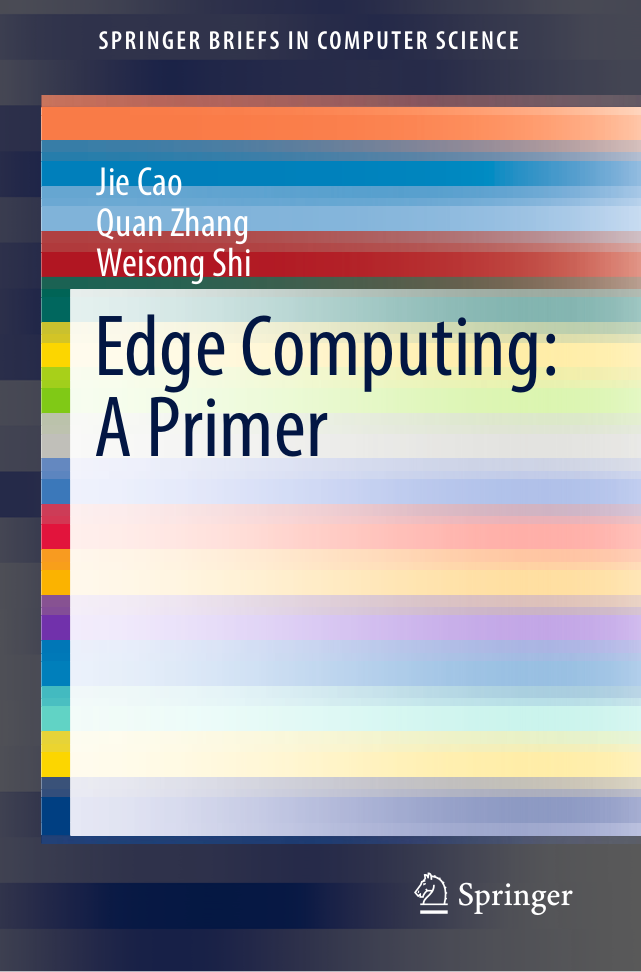
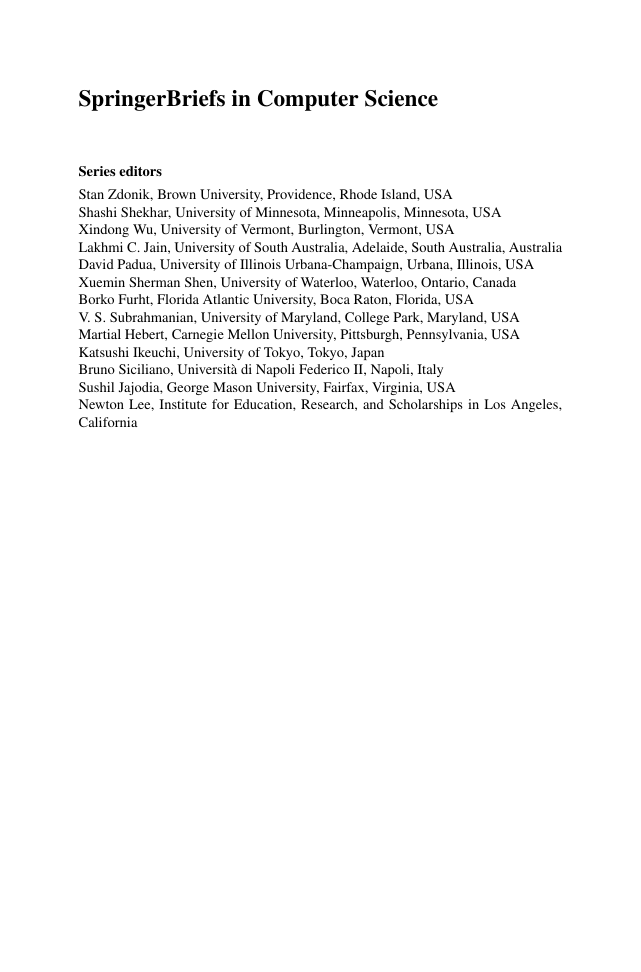
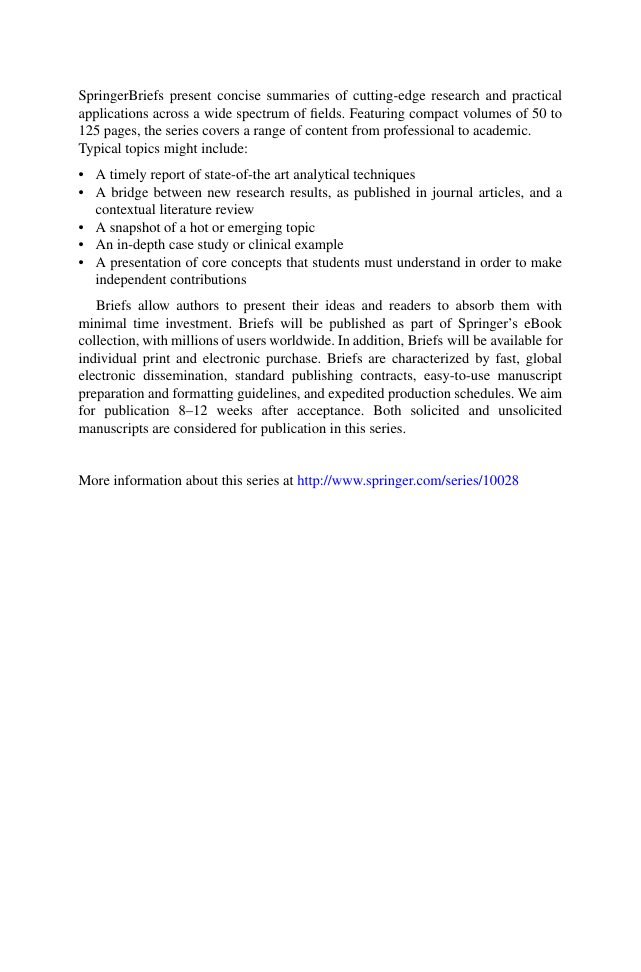
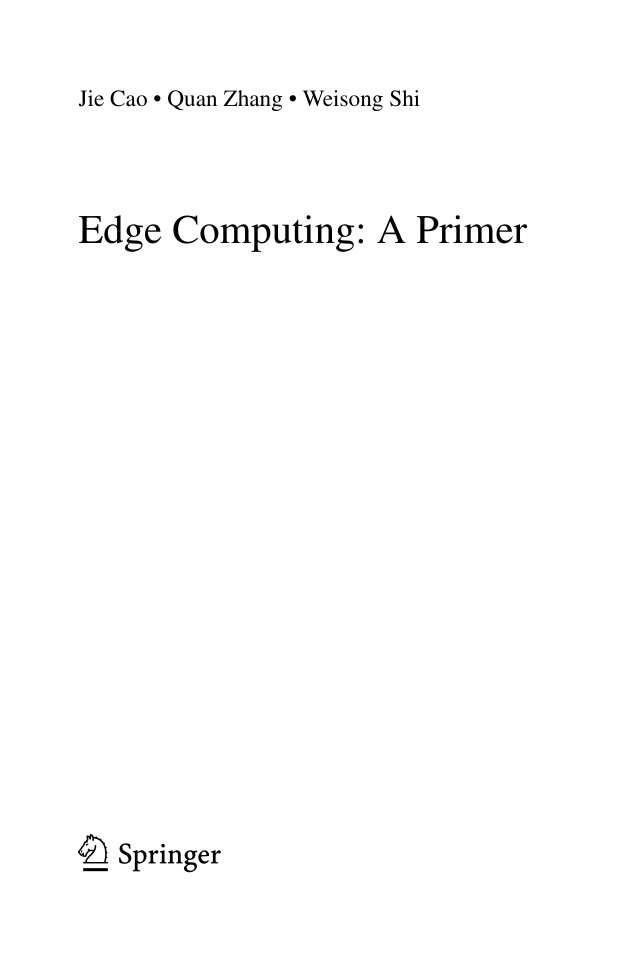
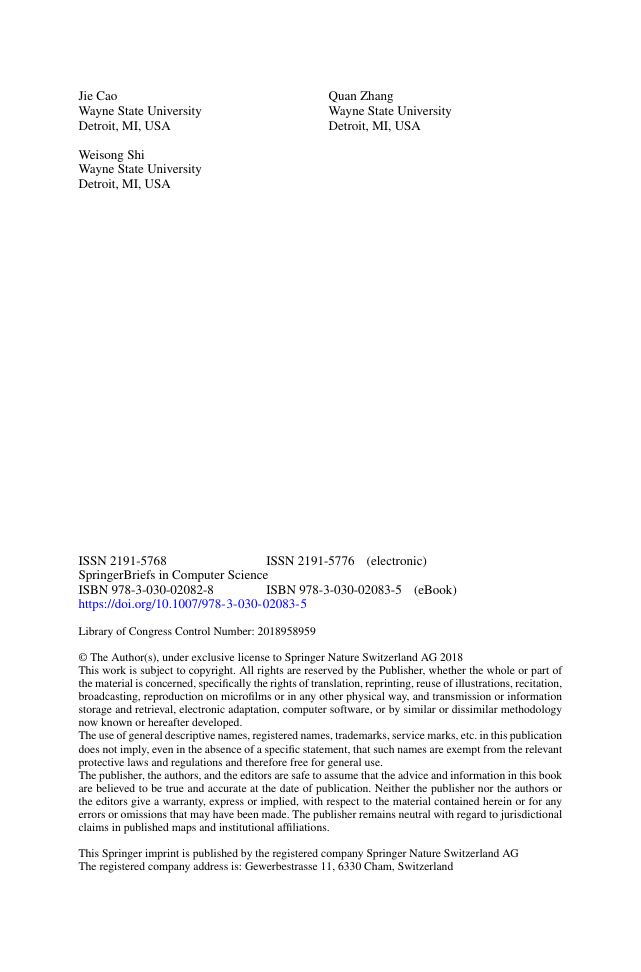
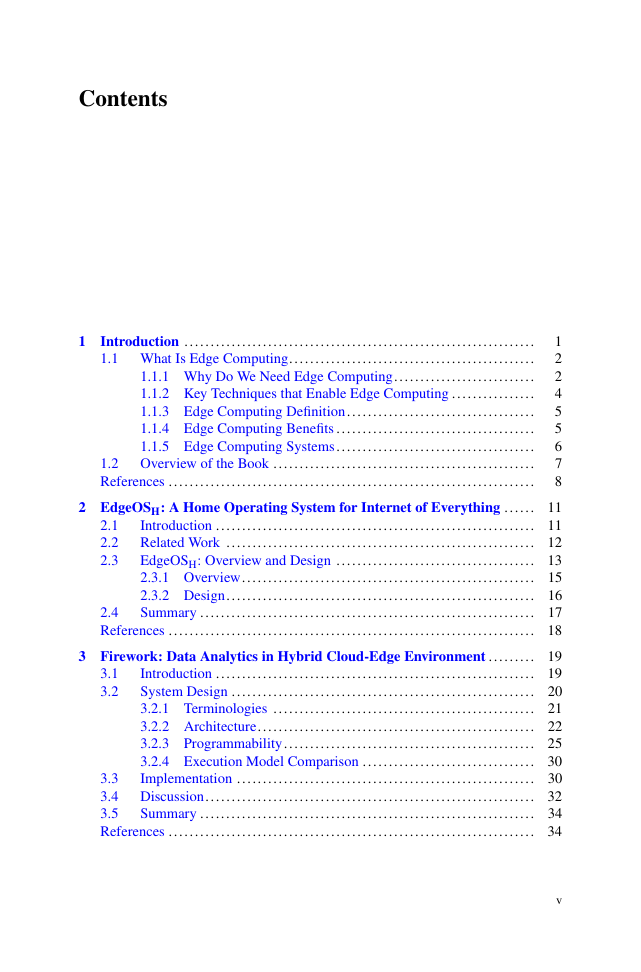

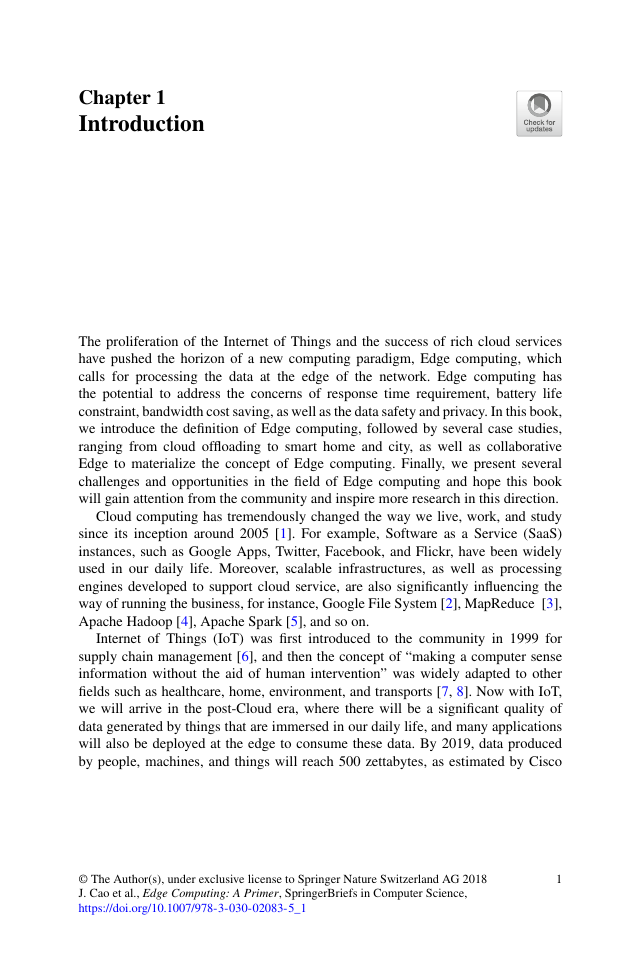








 2023年江西萍乡中考道德与法治真题及答案.doc
2023年江西萍乡中考道德与法治真题及答案.doc 2012年重庆南川中考生物真题及答案.doc
2012年重庆南川中考生物真题及答案.doc 2013年江西师范大学地理学综合及文艺理论基础考研真题.doc
2013年江西师范大学地理学综合及文艺理论基础考研真题.doc 2020年四川甘孜小升初语文真题及答案I卷.doc
2020年四川甘孜小升初语文真题及答案I卷.doc 2020年注册岩土工程师专业基础考试真题及答案.doc
2020年注册岩土工程师专业基础考试真题及答案.doc 2023-2024学年福建省厦门市九年级上学期数学月考试题及答案.doc
2023-2024学年福建省厦门市九年级上学期数学月考试题及答案.doc 2021-2022学年辽宁省沈阳市大东区九年级上学期语文期末试题及答案.doc
2021-2022学年辽宁省沈阳市大东区九年级上学期语文期末试题及答案.doc 2022-2023学年北京东城区初三第一学期物理期末试卷及答案.doc
2022-2023学年北京东城区初三第一学期物理期末试卷及答案.doc 2018上半年江西教师资格初中地理学科知识与教学能力真题及答案.doc
2018上半年江西教师资格初中地理学科知识与教学能力真题及答案.doc 2012年河北国家公务员申论考试真题及答案-省级.doc
2012年河北国家公务员申论考试真题及答案-省级.doc 2020-2021学年江苏省扬州市江都区邵樊片九年级上学期数学第一次质量检测试题及答案.doc
2020-2021学年江苏省扬州市江都区邵樊片九年级上学期数学第一次质量检测试题及答案.doc 2022下半年黑龙江教师资格证中学综合素质真题及答案.doc
2022下半年黑龙江教师资格证中学综合素质真题及答案.doc